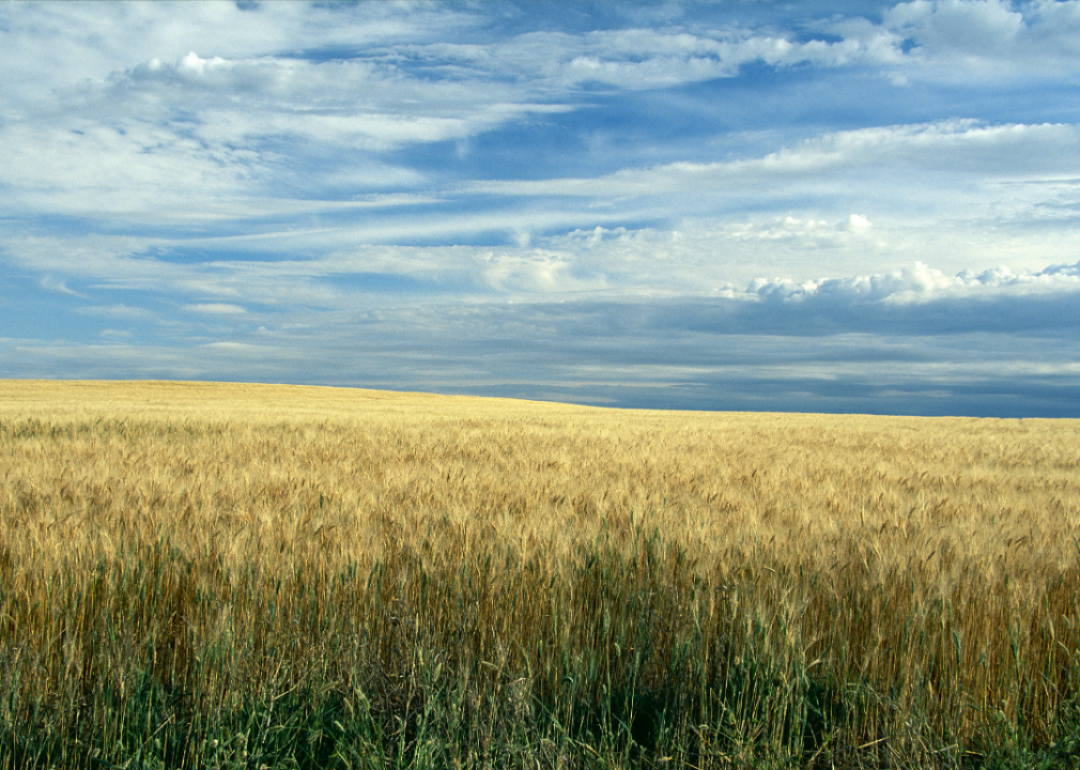
Counties with the most farmland in West Virginia
Counties with the most farmland in West Virginia
Farmland across the U.S. is disappearing by the millions of acres each decade by some estimates as sprawling urban development driven by rising housing costs pushes further into rural pastures.
The farmland that still exists in the U.S. is heavily dedicated to growing plants that Americans can't consume—grass. That grass, accounting for more than 300 million acres now, feeds our livestock, provides sod for new development, and serves as a cover crop to protect soil health between harvests.
Demand for major crops like corn and soybeans to feed Americans is only forecast by the USDA to grow in the coming decade, and demand for U.S. agricultural exports is expected to grow similarly.
The COVID-19 pandemic dramatically changed the way people purchased and consumed food, placing renewed attention on an increasingly consolidated agricultural industry where family farms have been swallowed up by large food corporations.
And after shifting behaviors caused massive economic swings in the U.S. and elsewhere, the Russian invasion of Ukraine forced food producers to once again account for yet another shock with so much of the world's grain capital taken offline by warfare.
War and corporate interests aside, farms have also had to reckon with a changing climate. Wheat fields were once commonplace across the country, but drought conditions of late have caused farmers to give up growing the crop entirely. Agitated by climate change, the shortage of water in parts of the country coupled with higher interest rates and the ongoing war in Ukraine are making agricultural businesses harder to run profitably.
To illustrate where American farms still persevere, Stacker compiled a list of counties with the most farmland in West Virginia using data from the Agriculture Department's Farm Service Agency. Farmers reported the data as mandated by participation in USDA income support programs, including Agriculture Risk Coverage and Price Loss Coverage as well as loan assistance. Counties are ranked by total acres of farmland.
In West Virginia, there are 533,370 acres of farmland, with native grass being the most common crop.
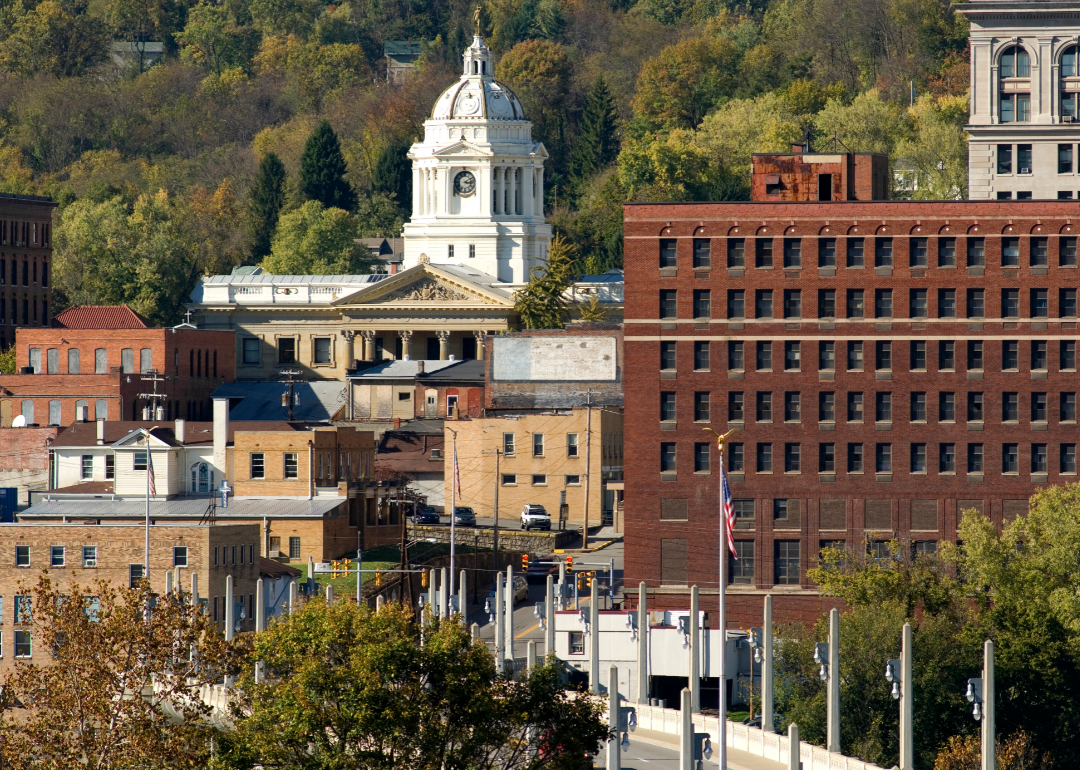
#25. Marion
- Farmland: 7,108 acres (1.3% of state total)
- Farms: 206
- Most common crop: Native grass (4,041 acres, 56.8% of county farmland)
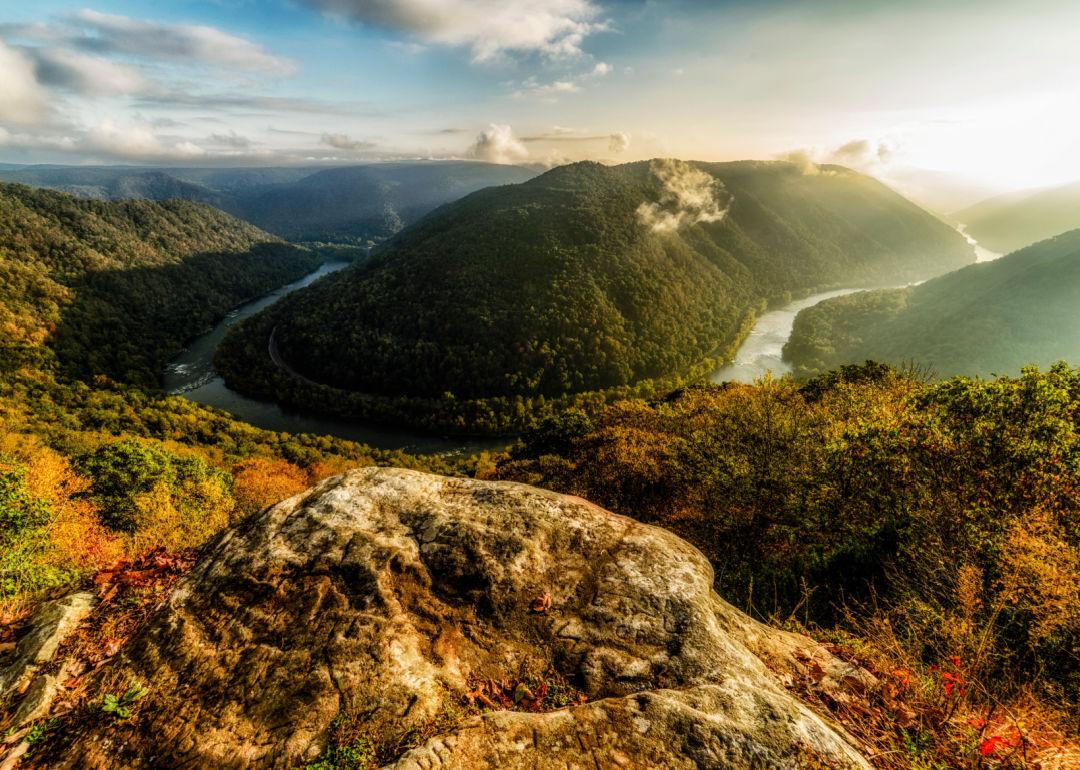
#24. Raleigh
- Farmland: 7,332 acres (1.4% of state total)
- Farms: 274
- Most common crop: Legume/grass mixture mixed forage (3,085 acres, 42.1% of county farmland)

#23. Taylor
- Farmland: 7,728 acres (1.4% of state total)
- Farms: 154
- Most common crop: Native grass (4,810 acres, 62.2% of county farmland)
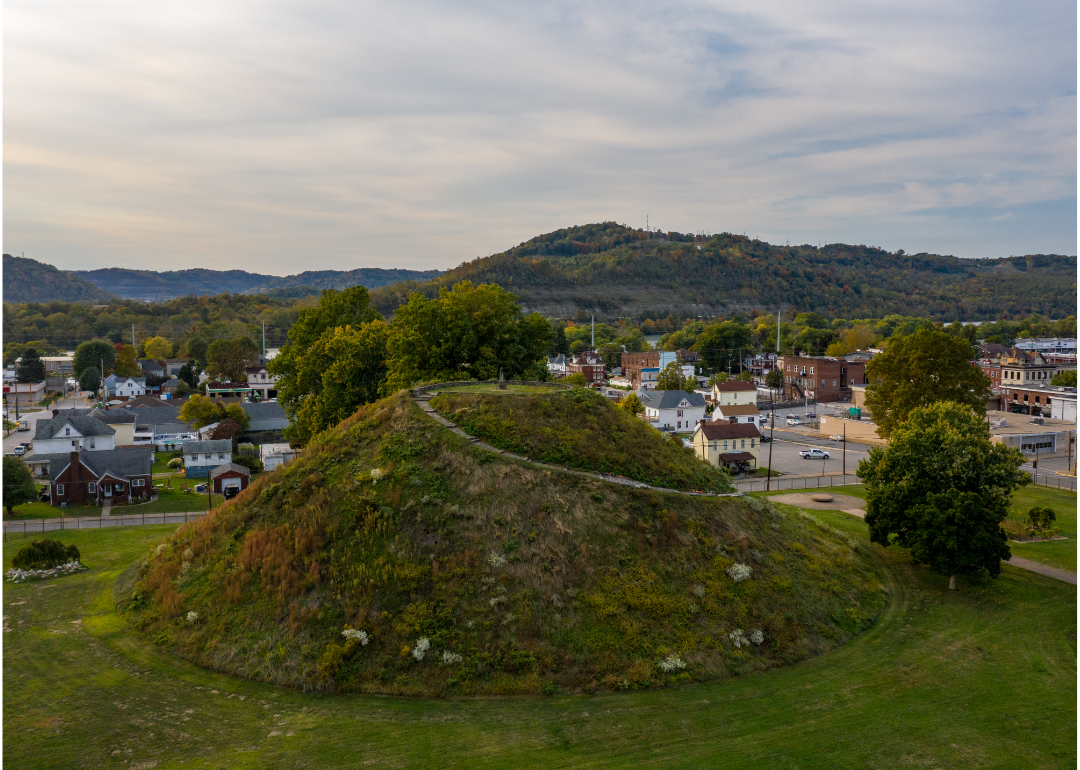
#22. Marshall
- Farmland: 8,390 acres (1.6% of state total)
- Farms: 216
- Most common crop: 2+ interseeded grass mix mixed forage (5,211 acres, 62.1% of county farmland)
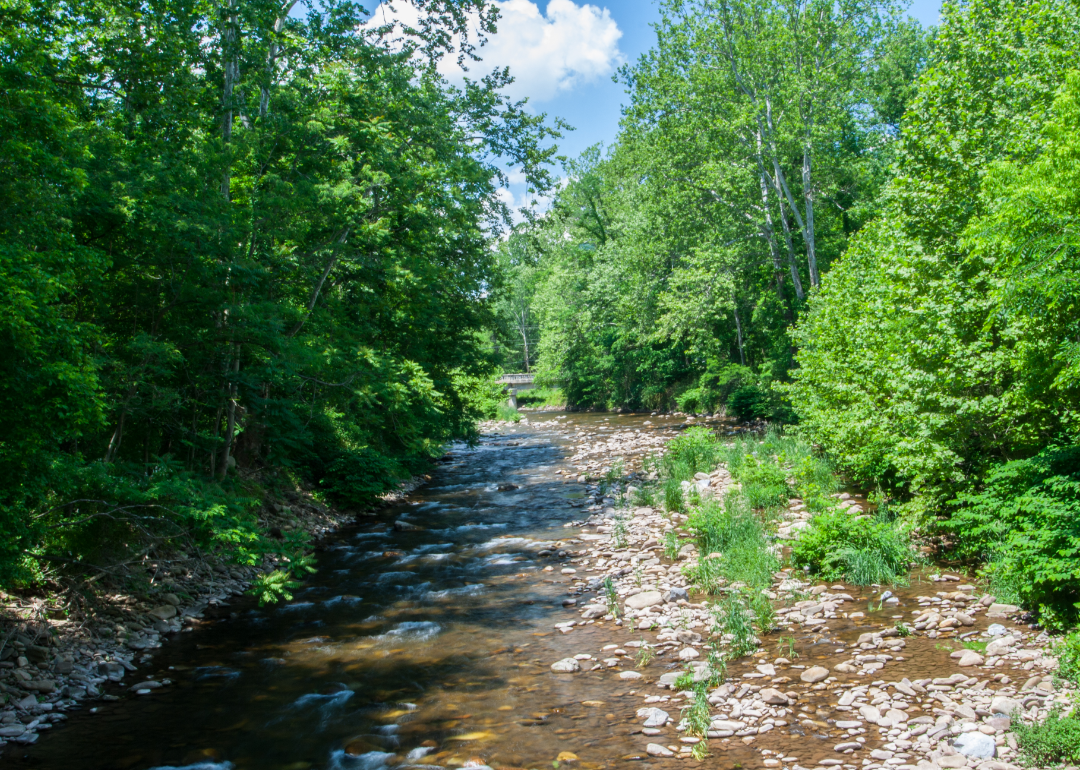
#21. Lincoln
- Farmland: 8,611 acres (1.6% of state total)
- Farms: 214
- Most common crop: Legume/grass mixture mixed forage (6,852 acres, 79.6% of county farmland)
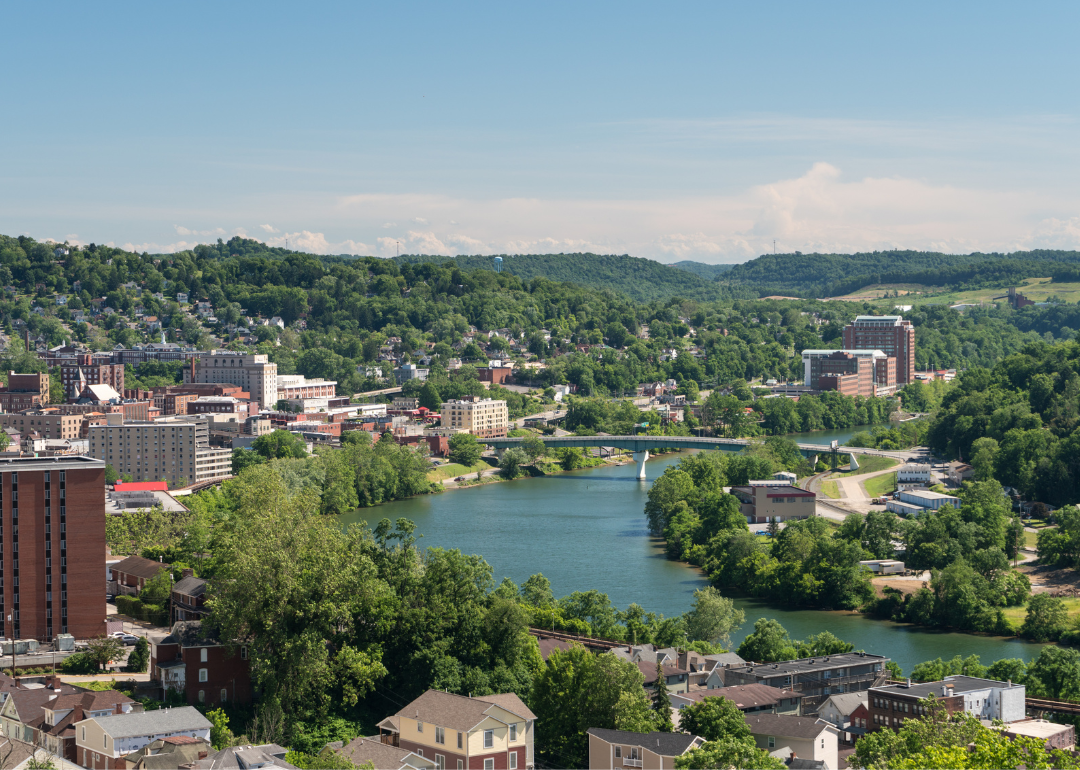
#20. Monongalia
- Farmland: 9,057 acres (1.7% of state total)
- Farms: 190
- Most common crop: Native grass (5,421 acres, 59.9% of county farmland)
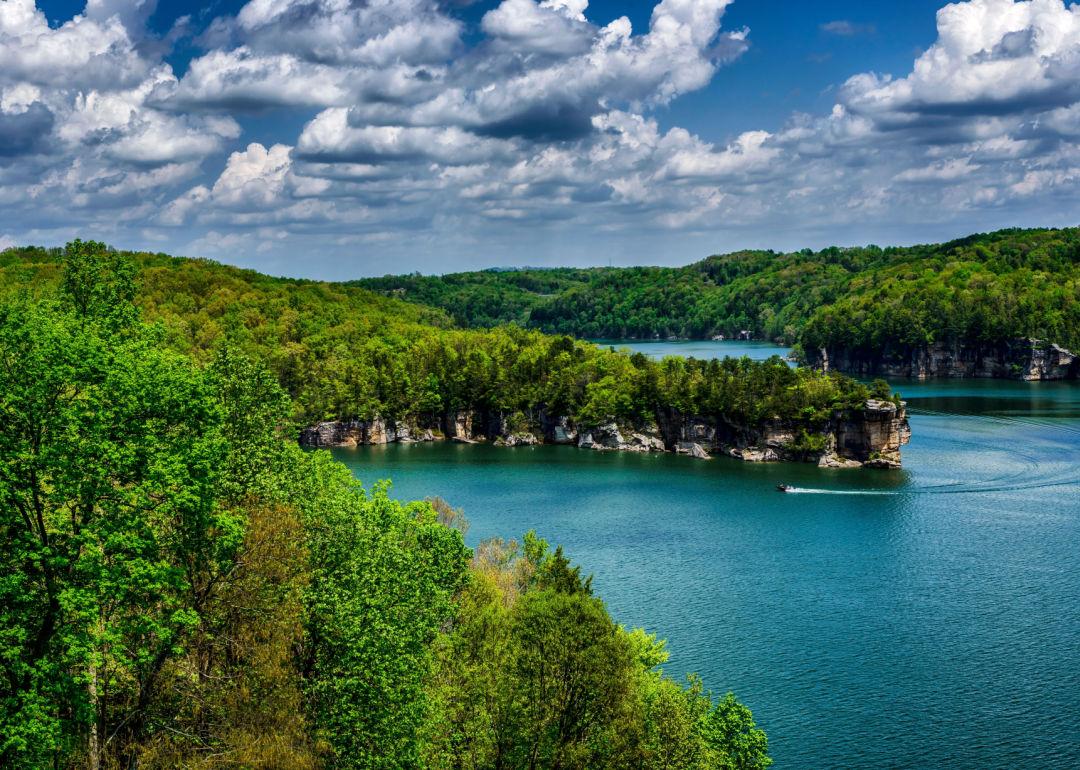
#19. Nicholas
- Farmland: 9,259 acres (1.7% of state total)
- Farms: 244
- Most common crop: Legume/grass mixture mixed forage (4,669 acres, 50.4% of county farmland)
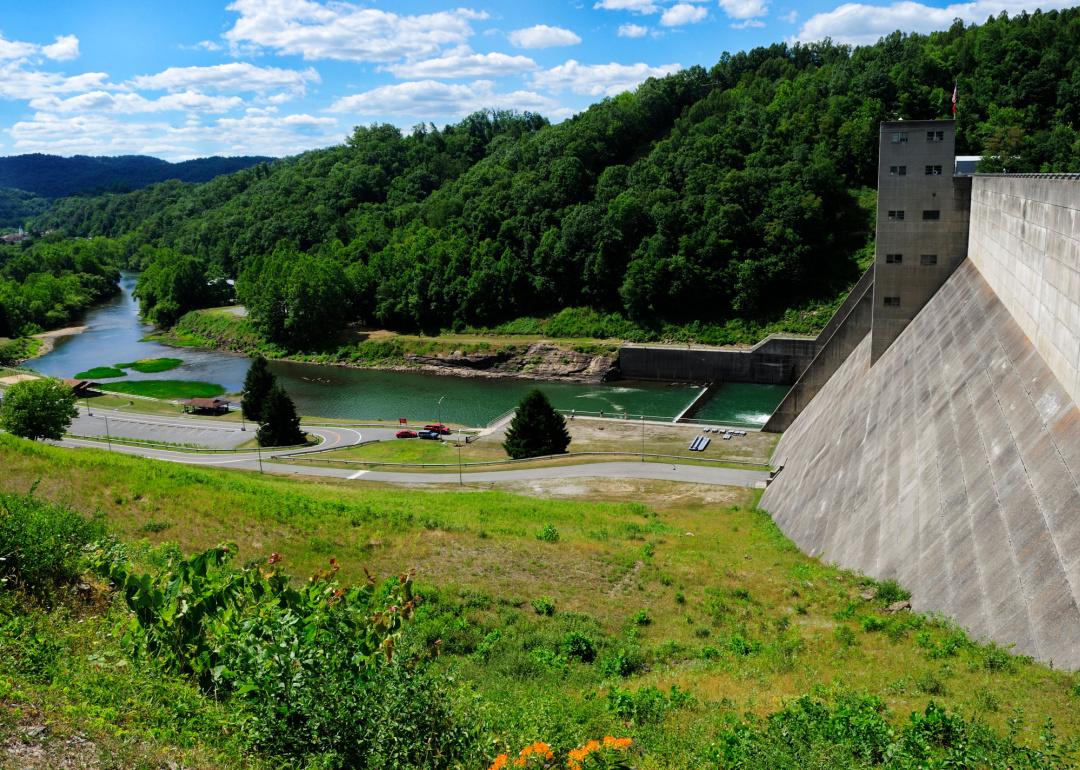
#18. Braxton
- Farmland: 9,999 acres (1.9% of state total)
- Farms: 207
- Most common crop: Legume/grass mixture mixed forage (5,032 acres, 50.3% of county farmland)
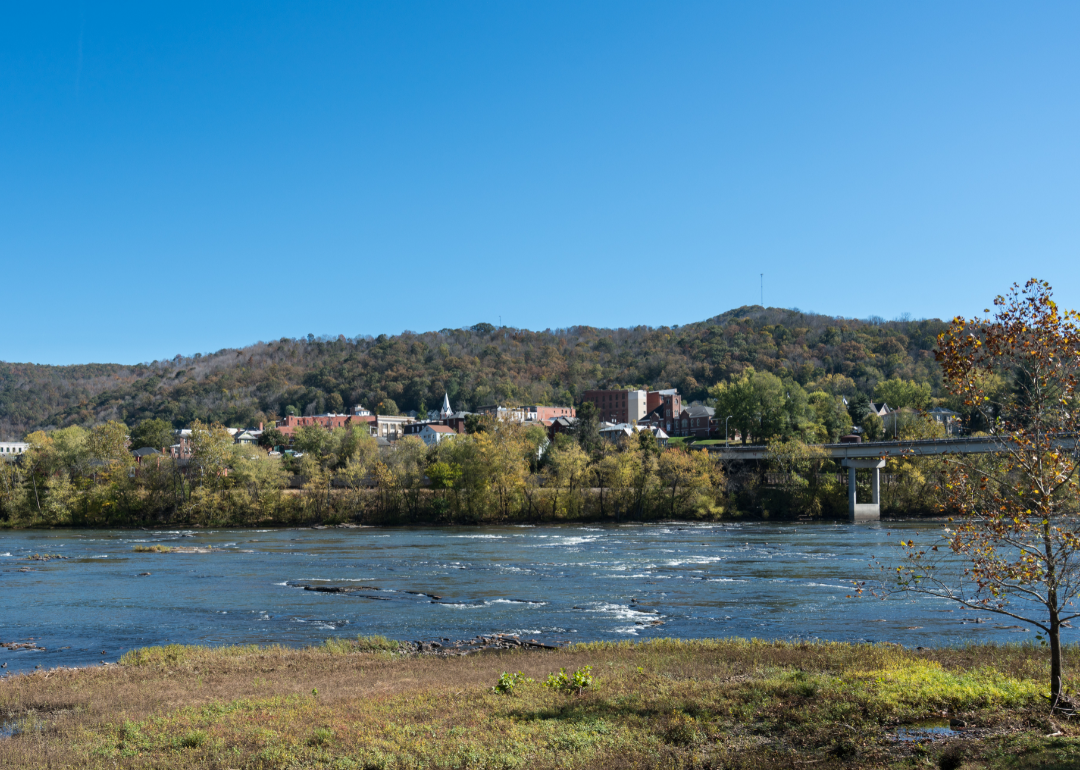
#17. Summers
- Farmland: 10,606 acres (2.0% of state total)
- Farms: 269
- Most common crop: Native grass interseeded mixed forage (4,745 acres, 44.7% of county farmland)
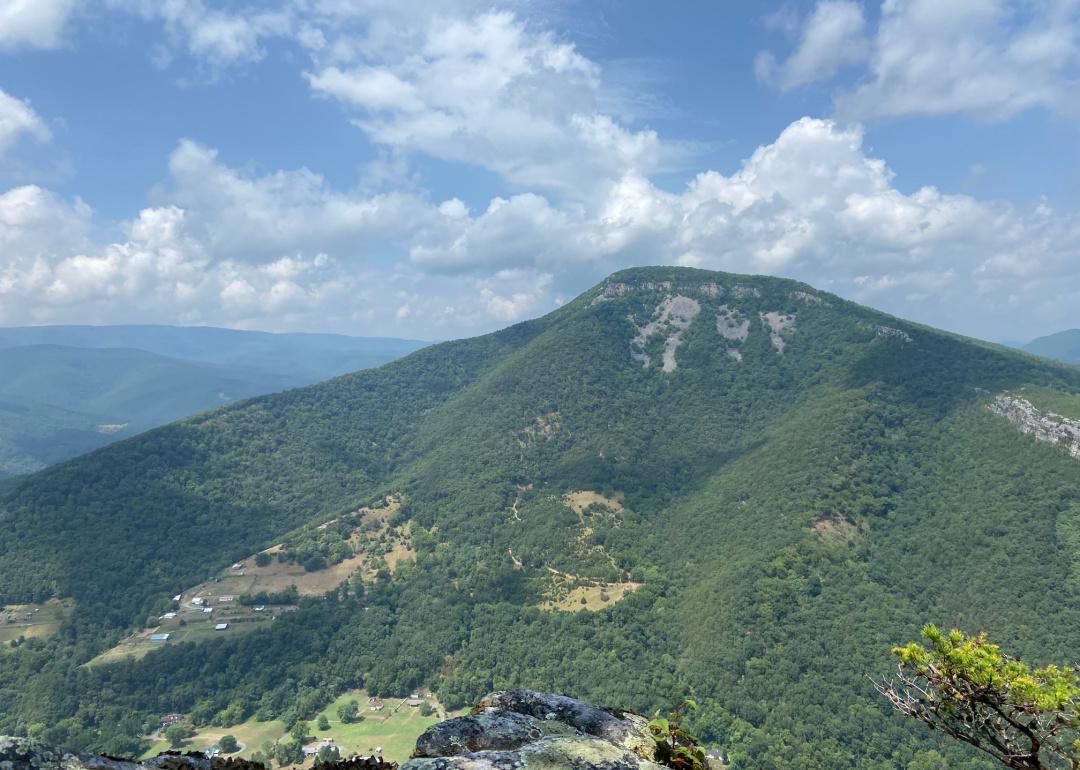
#16. Grant
- Farmland: 11,405 acres (2.1% of state total)
- Farms: 139
- Most common crop: 2+ interseeded grass mix mixed forage (5,479 acres, 48.0% of county farmland)

#15. Putnam
- Farmland: 12,248 acres (2.3% of state total)
- Farms: 324
- Most common crop: Legume/grass mixture mixed forage (7,595 acres, 62.0% of county farmland)
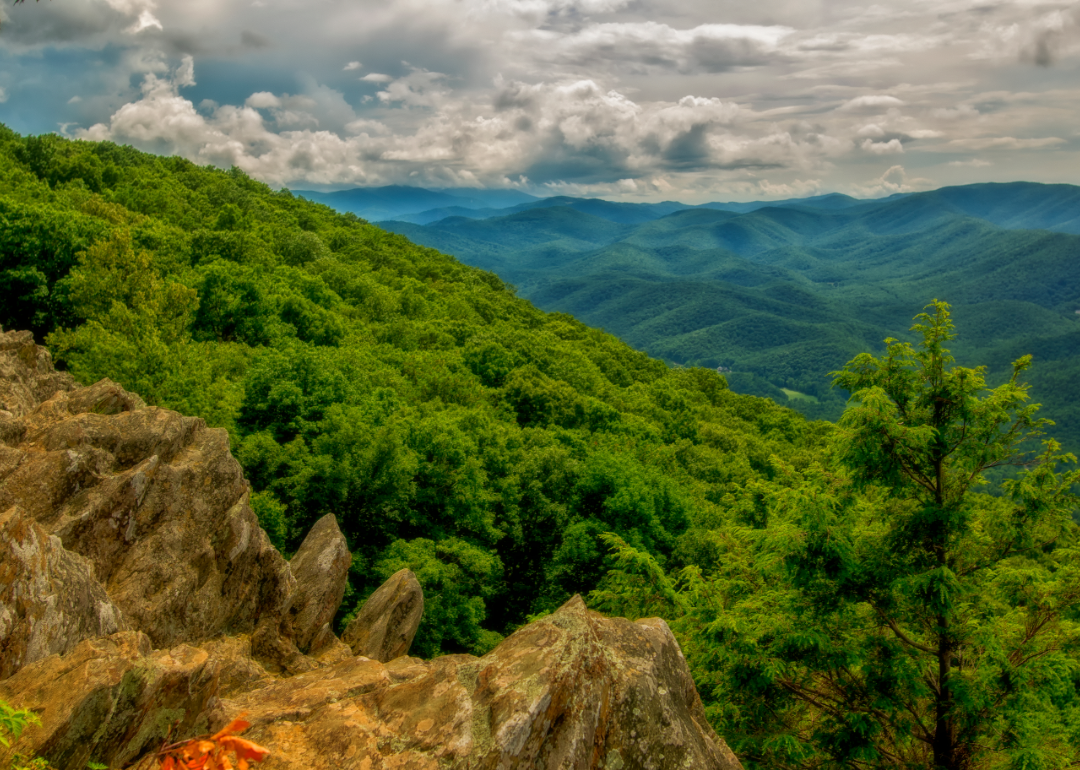
#14. Roane
- Farmland: 13,299 acres (2.5% of state total)
- Farms: 286
- Most common crop: Legume/grass mixture mixed forage (5,857 acres, 44.0% of county farmland)
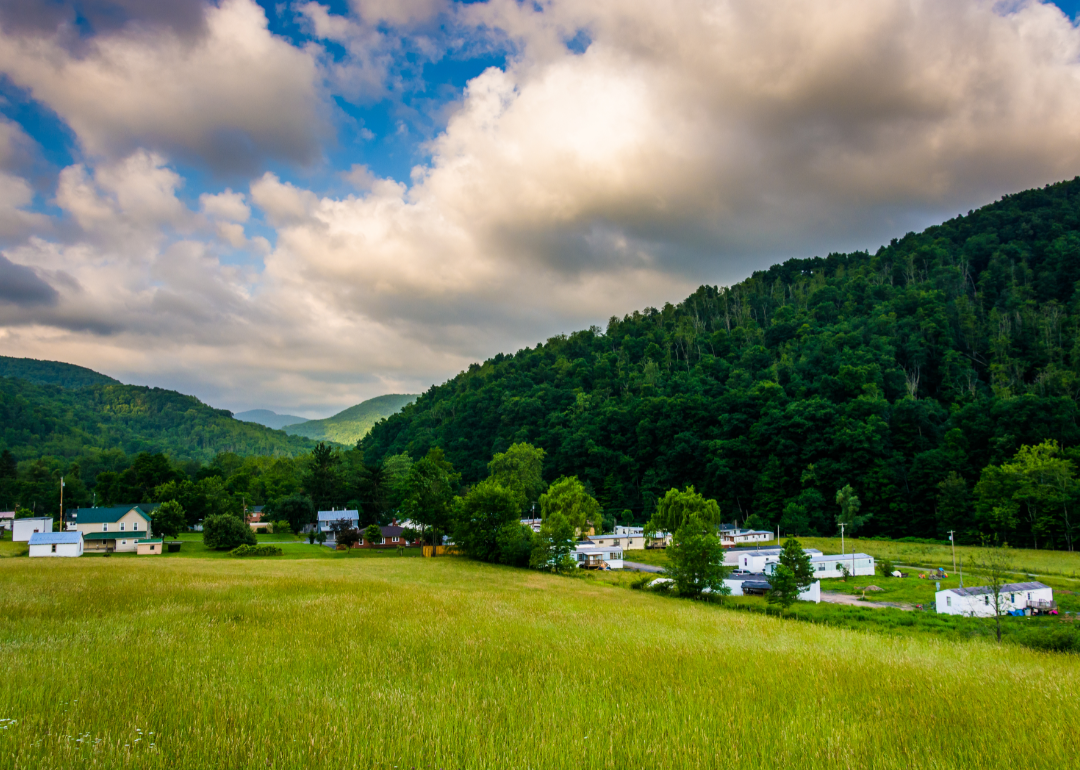
#13. Randolph
- Farmland: 14,515 acres (2.7% of state total)
- Farms: 257
- Most common crop: Native grass interseeded mixed forage (8,068 acres, 55.6% of county farmland)
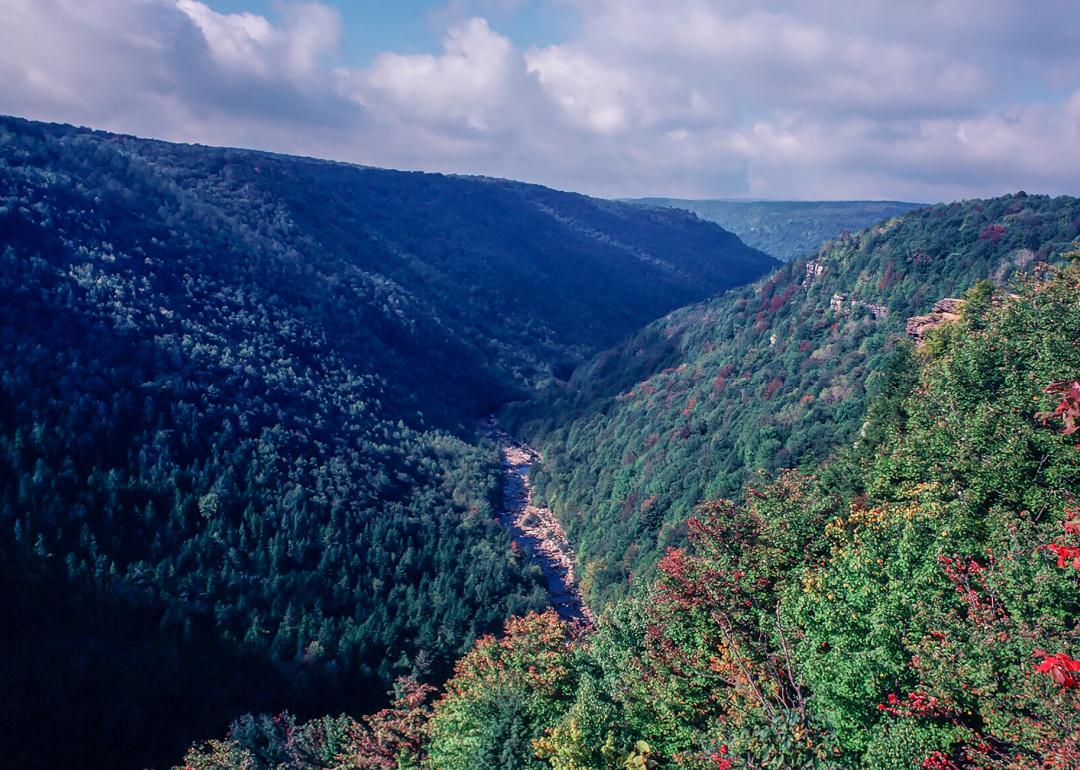
#12. Hampshire
- Farmland: 18,729 acres (3.5% of state total)
- Farms: 523
- Most common crop: Native grass interseeded mixed forage (8,888 acres, 47.5% of county farmland)
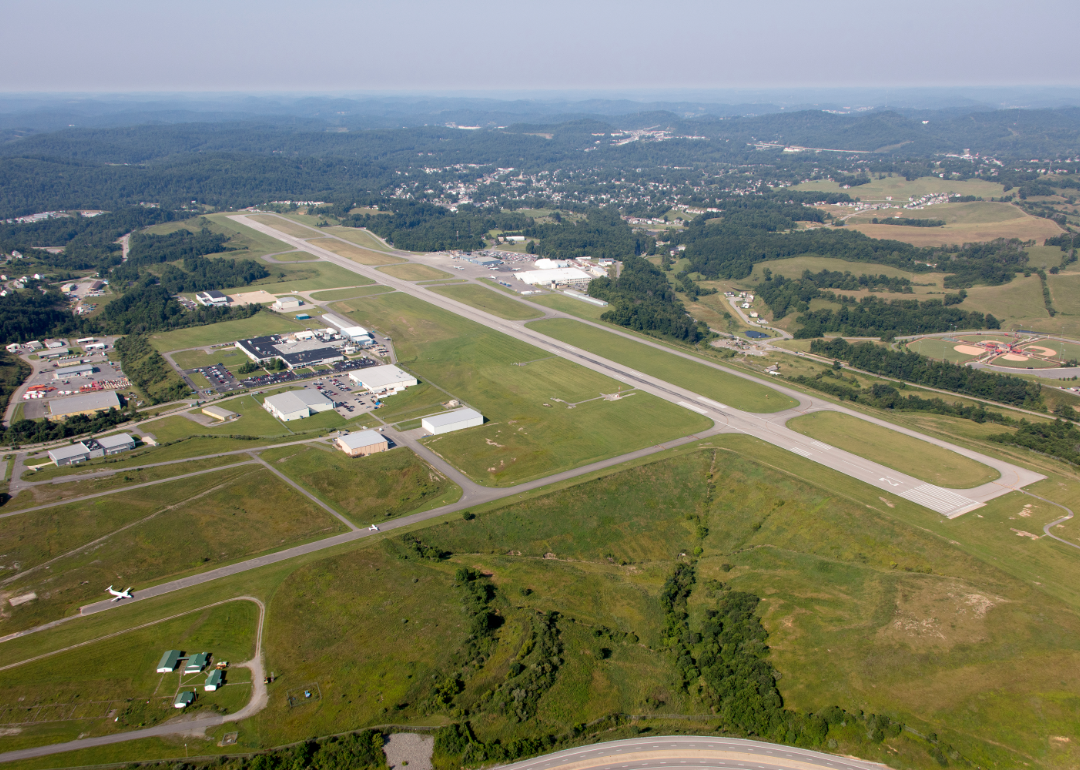
#11. Harrison
- Farmland: 19,823 acres (3.7% of state total)
- Farms: 248
- Most common crop: Native grass (16,328 acres, 82.4% of county farmland)
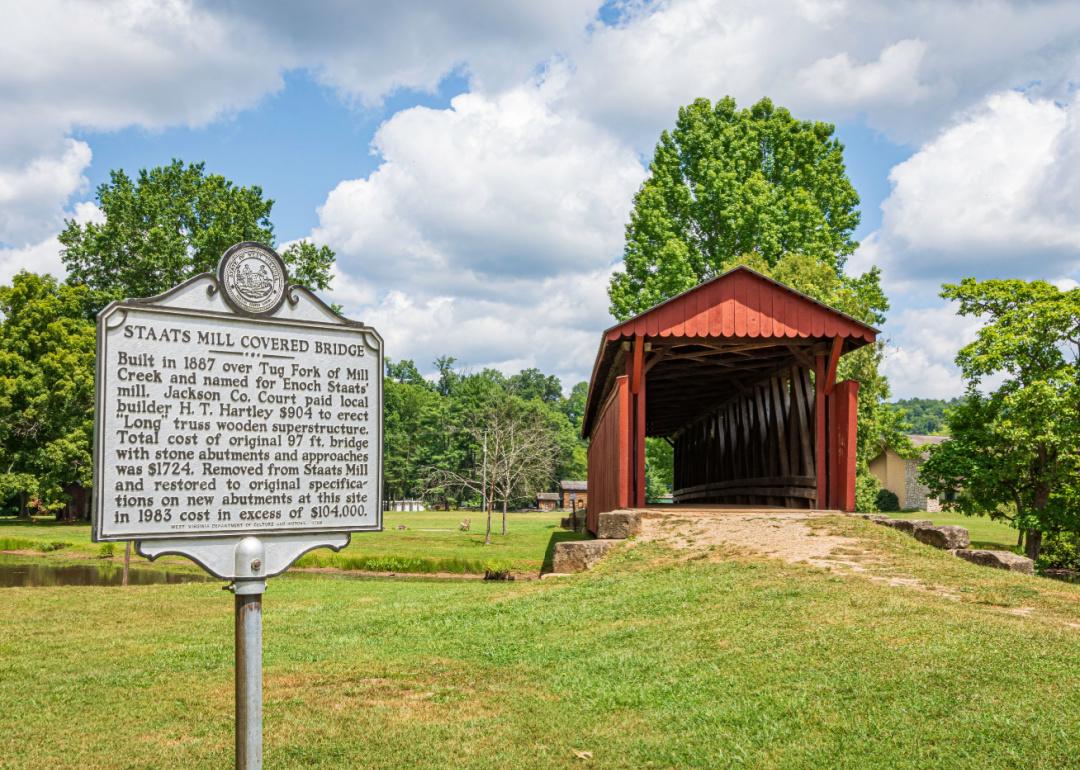
#10. Jackson
- Farmland: 20,071 acres (3.8% of state total)
- Farms: 499
- Most common crop: Native grass (4,672 acres, 23.3% of county farmland)
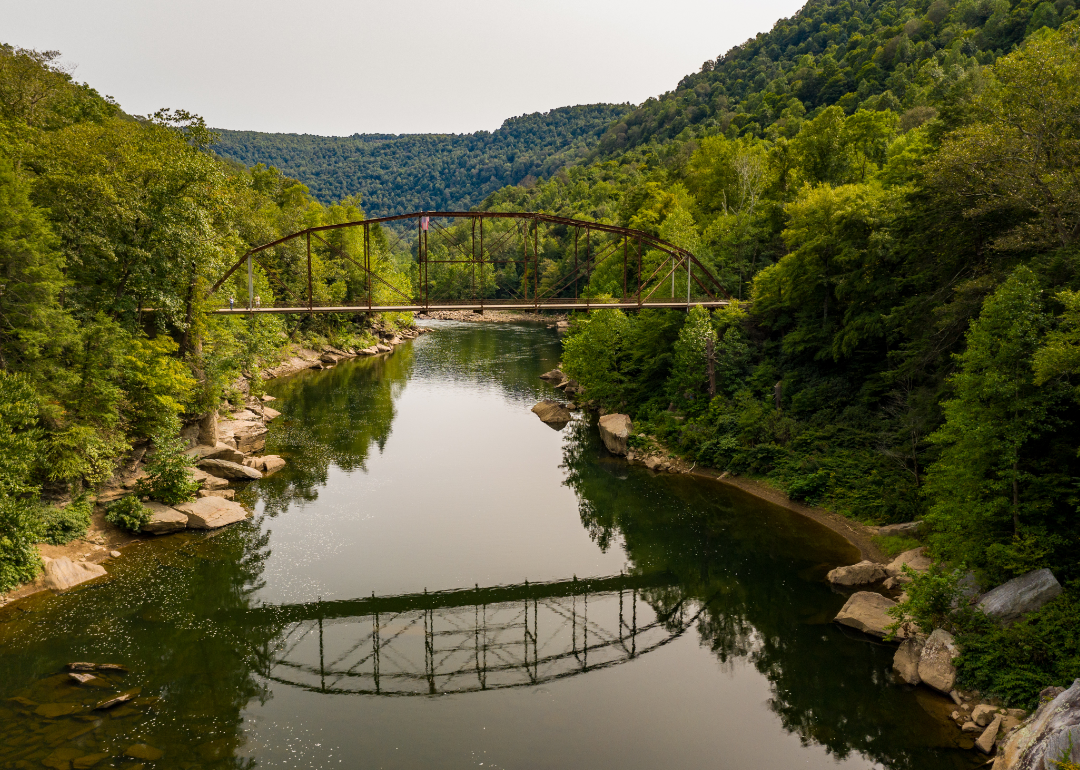
#9. Preston
- Farmland: 20,847 acres (3.9% of state total)
- Farms: 563
- Most common crop: Native grass interseeded mixed forage (6,654 acres, 31.9% of county farmland)
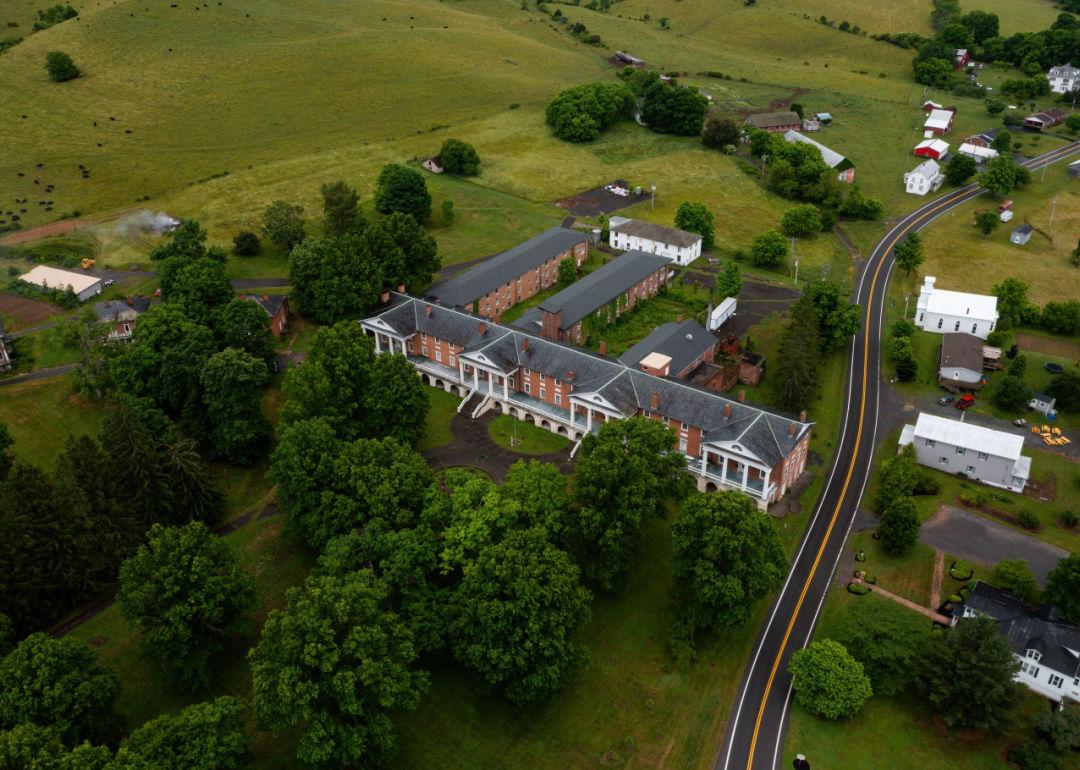
#8. Monroe
- Farmland: 21,626 acres (4.1% of state total)
- Farms: 660
- Most common crop: 2+ interseeded grass mix mixed forage (11,446 acres, 52.9% of county farmland)
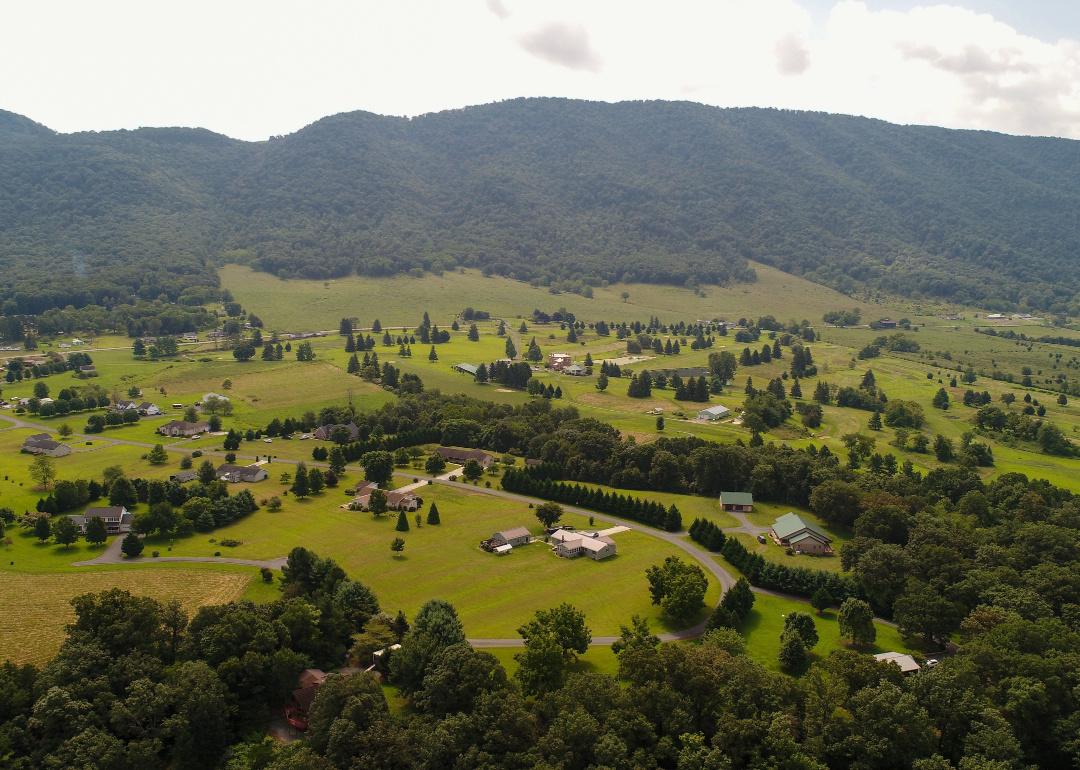
#7. Hardy
- Farmland: 23,412 acres (4.4% of state total)
- Farms: 577
- Most common crop: Native grass (11,451 acres, 48.9% of county farmland)

#6. Berkeley
- Farmland: 25,668 acres (4.8% of state total)
- Farms: 372
- Most common crop: 2+ interseeded grass mix mixed forage (8,508 acres, 33.1% of county farmland)

#5. Mason
- Farmland: 28,410 acres (5.3% of state total)
- Farms: 367
- Most common crop: Common soybeans (8,164 acres, 28.7% of county farmland)

#4. Greenbrier
- Farmland: 28,702 acres (5.4% of state total)
- Farms: 892
- Most common crop: 2+ interseeded grass mix mixed forage (9,709 acres, 33.8% of county farmland)
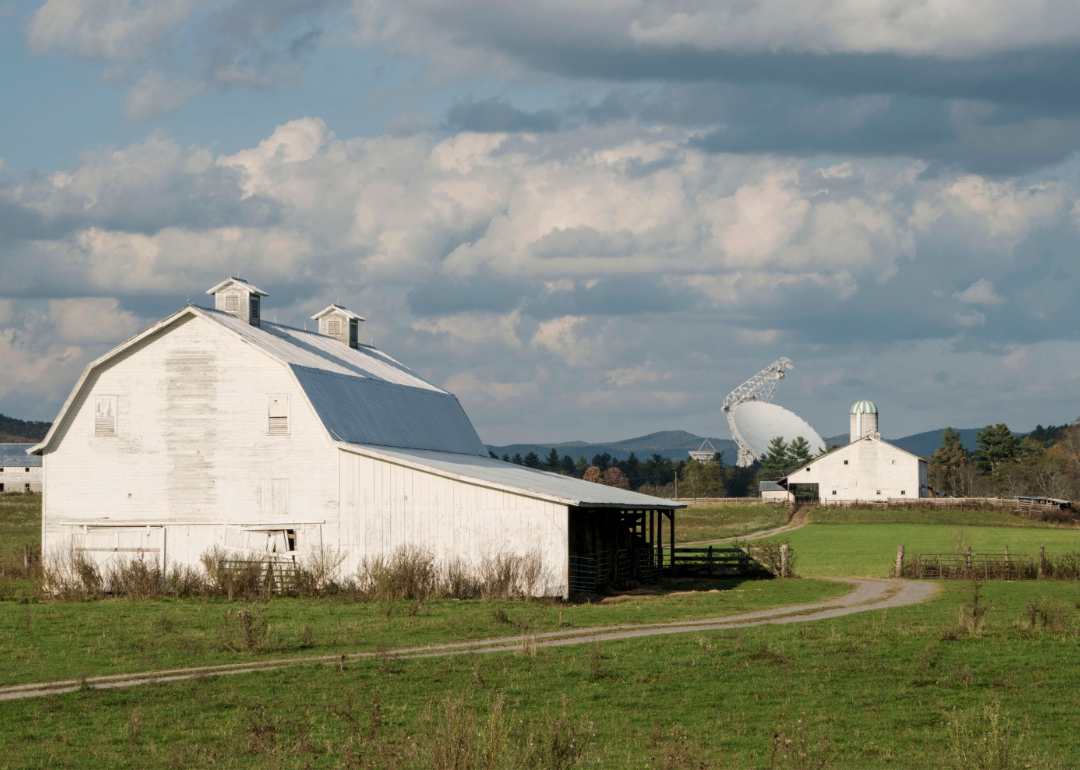
#3. Pocahontas
- Farmland: 30,772 acres (5.8% of state total)
- Farms: 538
- Most common crop: Native grass (10,699 acres, 34.8% of county farmland)
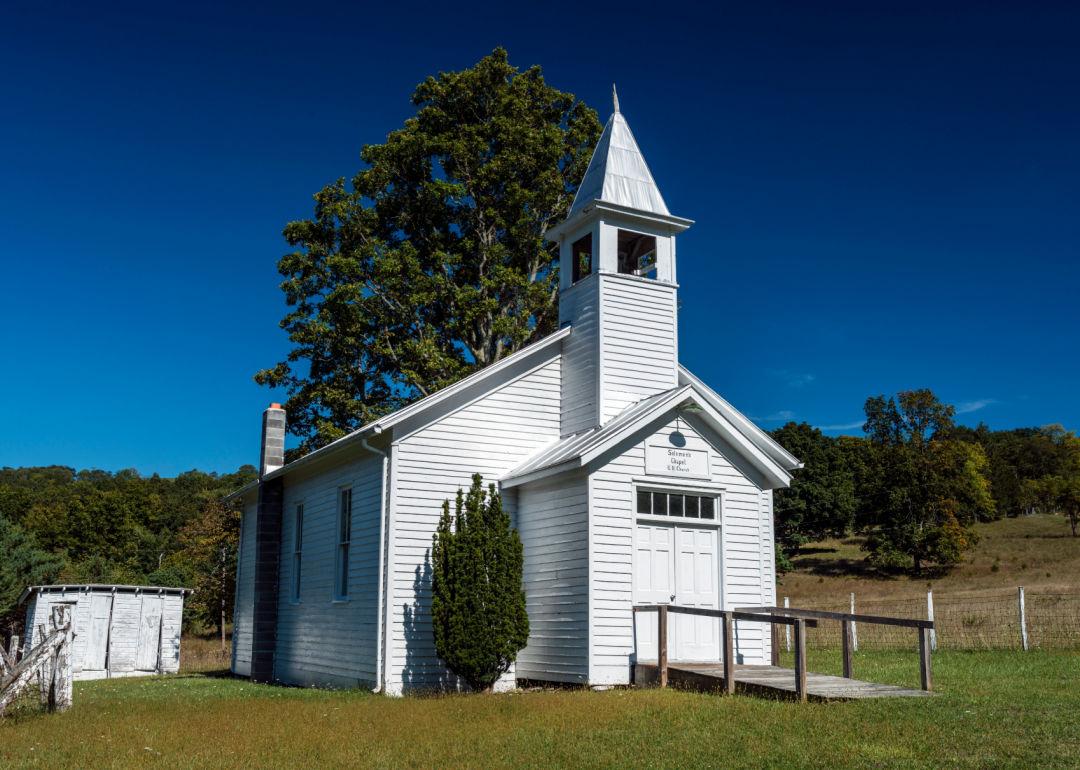
#2. Pendleton
- Farmland: 45,296 acres (8.5% of state total)
- Farms: 575
- Most common crop: Native grass (31,795 acres, 70.2% of county farmland)
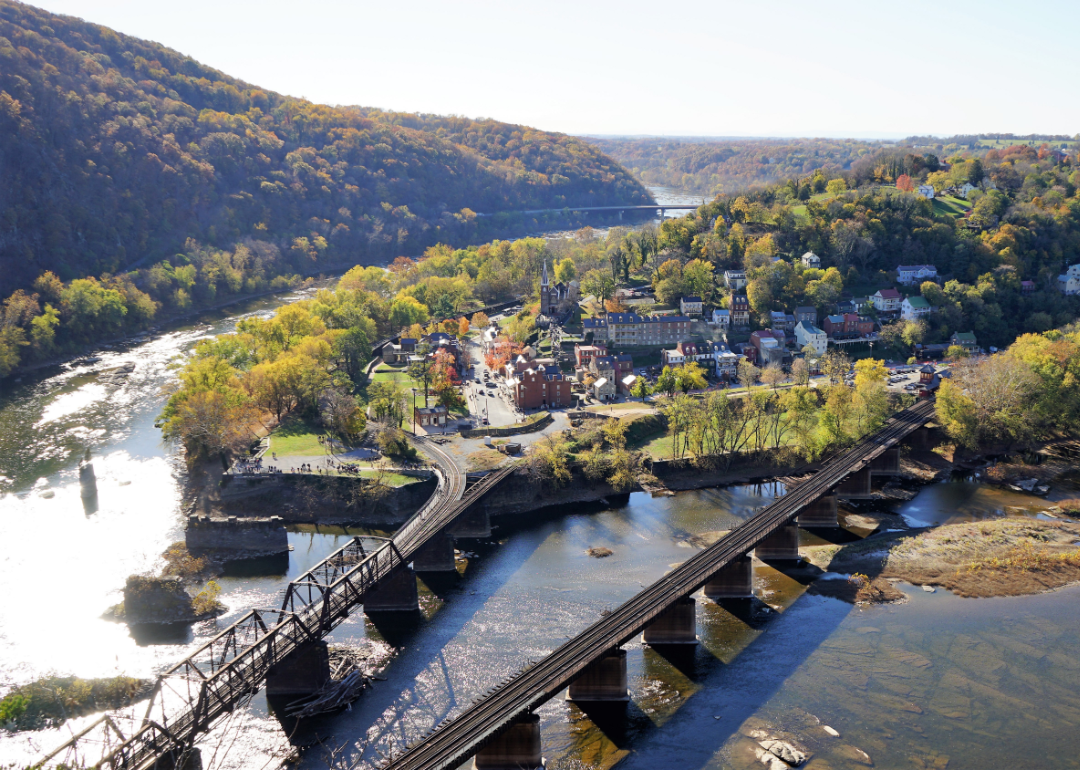
#1. Jefferson
- Farmland: 46,055 acres (8.6% of state total)
- Farms: 342
- Most common crop: Common soybeans (12,881 acres, 28.0% of county farmland)



